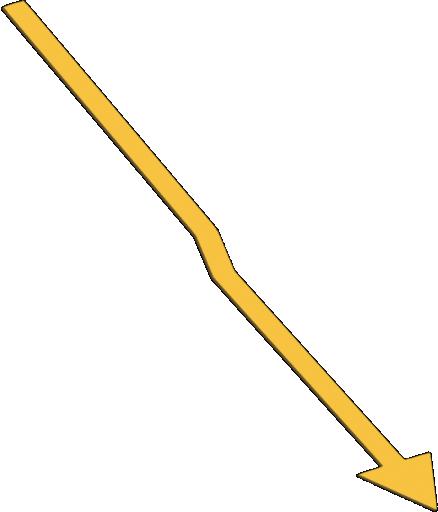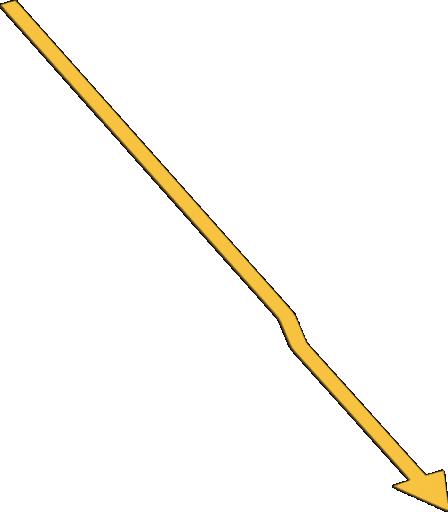




How to minimise the risk
A typical low energy thermal stress breakage forms right angles within 10-20mm of the glass edge and then branches out into one or more directions. The number of branches is dependent on the amount of stress in the glass.
The sun warms the exposed part of the glass, causing this area to expand. The glass edge is covered by the frame, keeping it cool and preventing it from expanding at the same rate. The glass breaks when the tensile stress developed at the edge exceeds the strength of the glass - a bit like a balloon bursting when overstretched.
Exposed glass warming up and expanding as it absorbs solar energy




edge remaining cold and resisting expansion
Eaves & overhangs
Deep columns, transoms or mullions
Shelled or poorly cut edge
Warm air trapped in ceiling recesses
Blinds, curtains, posters, objects or window films
Heaters (or HVAC ducting in the ceiling directed at the glass)
A damaged edge may be enough to trigger off thermal stress breakage even in clear glass. See illustration below of high stress concentration due to shelled edge of a laminated glass

Choose dark coloured window frames so that glass edges can warm up quicker
Install aluminium window frames that are thermally broken
Ventilate curtains/blinds with 50 mm wide gap at the top and bottom, or at the sides and bottom
Avoid unventilated black-out blinds
Keep heaters away from glass
Keep objects away from glass (bean bags, cats & dogs etc)
Do not apply stickers or window films on annealed glass these also void the warranty
Where possible, remove external objects that cast shadows on glass
Avoid annealed laminated glass IGUs for sliders and sidelites, especially those with solar control glass. These become quadruple glazing when the sliders are open
Avoid placing highly reflective external objects or surfaces that can reflect solar energy to the glass
Get a thermal assessment done when selecting glass. If annealed glass is not thermally safe, choose heat strengthened or toughened glass
Be careful of IGUs with annealed Low E and tinted glass, as these are highly susceptible to thermal breaks
Ensure glass edges are not damaged before glazing, especially laminated glass.
AGP offers a free thermal assessment service when selecting AGP glass products.
If annealed or annealed laminated glass is not thermally safe, we recommend heat strengthened or toughened glass.
Please note that thermal breakage of glass is not covered by warranty unless a thermal assessment has been carried out by AGP prior to ordering glass.
Please request Thermal Stress breakage form (questionaire) technical@agpl.co.nz
Project name:
Address:
Company:
A. Glass Description: ❒ Single glazing ❒ Double glazing ❒ Triple glazing
Pane 1 (outer pane): Thickness: ………… mm
Spacer: Thickness: ………… mm
Pane 2: Thickness: ………… mm
Spacer:
mm
Pane 3: Thickness: ………… mm
B) Orientation:
❒ North
All Orientations
North-East ❒ East
South
West
C) Dimensions:
North-West
South-East
South-West
Maximum sizes of the glazing (width x height): ……………… x ……………… mm
Minimum sizes of the glazing (width x height): ……………… x ……………… mm
D) Sloping: ❒ Vertical glazing ❒ Horizontal glazing
❒ Sloping (if sloping, write slope from horizontal): ………………
3. Frame
A. Type :
❒ Fixed ❒ Opening
B. Material :
❒ PVC
Aluminium with thermal break ❒ Wood
❒ Steel
C. Colour:
Aluminium without thermal break
Concrete
❒ Light ❒ Dark RAL
4. Interior Environment :
❒ BLIND / CURTAINS
A: TYPE
❒ Internal blind ❒ Curtain
B: Ventilation
❒ Natural ❒ Forced
C: Colour
❒ Light ❒ Dark
❒ RAL
D: Dimensions
A = ……… mm
B = ……… mm
C = ……… mm
D = ……… mm
Sliding
❒ OBSTACLE (an object behind the glazing)
A: TYPE
B: Dimensions
A = ……… mm
B = ……… mm
C = ……… mm
D = ……… mm
C. Colour:
D. Material:
E. Drawing Of The Detail And Description Of Material:
5. Exterior Environment
❒ Cast Shadow
❒ Yes
❒ Blind / Screens
A. Type :
External Blind
B. Ventilation:
Natural
C. Colour:
Light
RAL
Dimensions
No
Screen
Force
Dark
Profile Park, 190 Victoria Road, Cambridge PO Box 1028, Cambridge 3450
agpl.co.nz info@agpl.co.nz 07 849 8880

